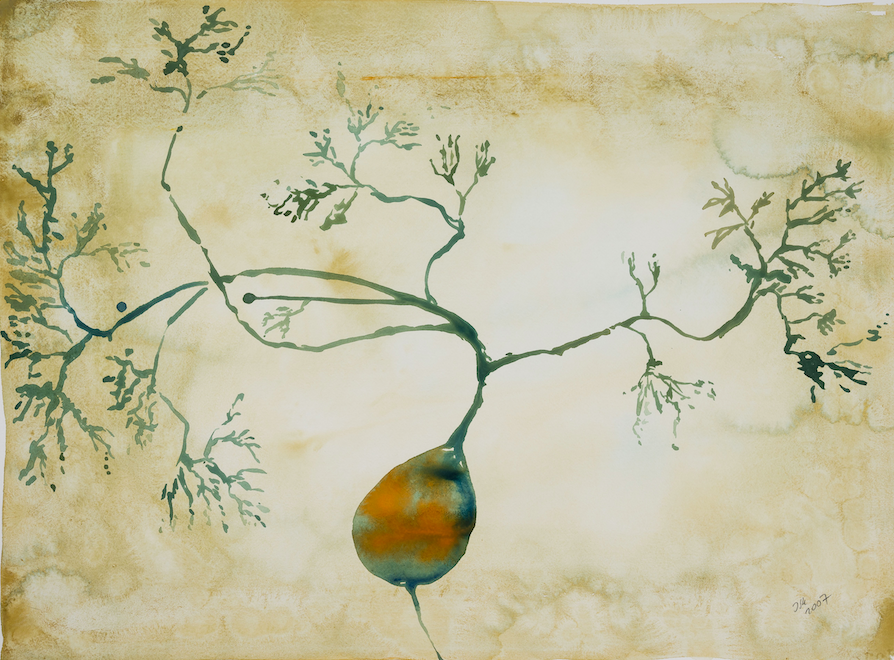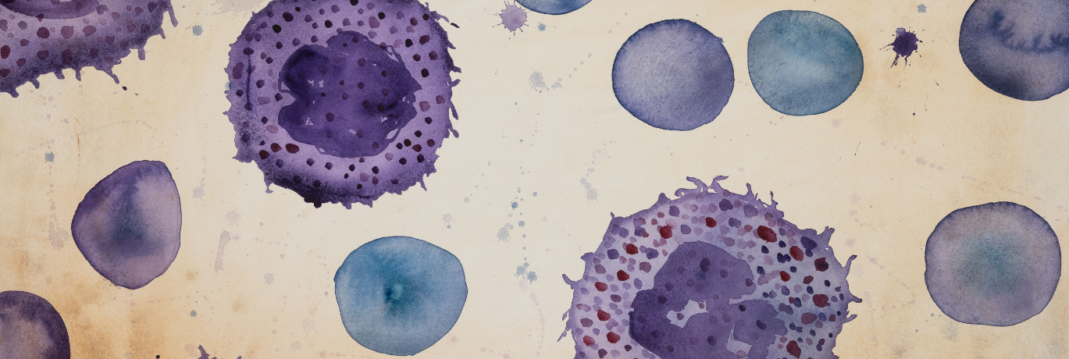Peripheral nervous system neurons

Biorelevant culture of spinal PNS neurons on Biolaminin substrates
Sensory neurons
Sensory trigeminal ganglion neurons grow well on laminin 411, but not on laminin 211 (Fried, 2005). Adult dorsal root ganglion (DRG) neurons are differentially regulated by laminins where laminin isoforms 111 and 511 show the highest stimulation of neurite outgrowth (Plantman, 2008). Laminin 332 suppresses the mechanotransduction and axonal branching of cultured DRG sensory neurons. (Chiang, 2011)
Motor neurons and neuromuscular junctions
Motor neurons in culture extend longer neurites on Biolaminin 211 compared to when cultured on Biolaminin 411 (Wallquist, 2005). Wallquist and colleagues also showed that loss of α4 (laminin isoforms 411 and 421) leads to a disturbance in radial sorting and impaired myelination (Wallquist, 2005; Chand, 2017).
Motor neurons form specialized synapses with skeletal muscle fibers called neuromuscular junctions (NMJs). The function of this type of synapse is to transmit signals from the central nervous system to muscles and thus stimulate their contraction. Muscle cells form a thick ECM around the fiber that contains various laminins, collagens, fibronectin, and other glycoproteins. The basal lamina (BL) at the synaptic cleft has a specific molecular composition that contains laminin α4, α5, and β2 isoforms that are mostly absent in extrasynaptic regions of muscle fibers. These ECM components are crucial for the proper development of NMJs and it has been shown that the laminin-dystroglycan interaction is crucial for regulating NMJ developmental remodeling. Laminin 211 is present together with laminin 221, 421 and 521 at neuromuscular junctions and ensures correct localization of pre- and postsynaptic specializations (Sanes and Lichtman, 2001; Patton, 2001; Domogatskaya, 2012).
Little is known about the mechanisms of postsynaptic machinery remodeling in vivo. Mouse laminin-111 has been routinely used to induce AChR clustering and is the only in vitro system where the AChR clusters undergo developmental remodeling that resembles mature NMJs, providing the model to study the underlying mechanisms. In a publication in Scientific Reports (Pęziński, 2020) the authors presented an improved protocol for culturing C2C12 muscle cells that reproducibly promote the formation of complex AChR clusters. The authors tested several laminin isoforms and found that laminin-121, laminin-211, laminin-221, laminin-511, and laminin-521 induced significantly more AChR clusters in C2C12 myotubes than the commonly used laminin-111. Moreover, they found that clusters of postsynaptic machinery that were formed in C2C12 myotubes cultured on laminin-121 and laminin-221 were the most developed. Laminin-421 and laminin-511 were the isoforms that promoted the formation of the most podosome-containing AChR clusters in human primary myotubes. Myotubes that were derived from human primary myoblasts obtained from human biopsies also formed AChR clusters in vitro that underwent the remodeling process, thus demonstrating the potential utility of this methodology for further studies that seek to improve diagnoses of neuromuscular disorders and elucidate their underlying mechanisms. Thus, this novel method may facilitate the identification of novel synaptic regulators, and the high reproducibility of culturing and robust formation of AChR clusters are important prerequisites for establishing high-throughput screening. The protocol is also useful for obtaining and freezing a large number of cell stocks and utilizing cells for experimentation with a constant and low passage number, which significantly increases experimental reproducibility. The method can be implemented in different formats, such as permanox slides, glass surfaces as well as multi-well culturing dishes. Collectively, these results demonstrated an advanced method for culturing myotubes that provide an important basis for high-throughput genetic screening and potential drug development for screening for potential therapeutic targets for neuromuscular disorders.
Succeed with your application
-
Neurons From Human Pluripotent Stem Cells Under Xeno-Free Conditions Restore Motor Deficits in Parkinsonian Rodents
Niclis J.C., Gantner C.W., Alsanie W.F., McDougall S.J., Bye C.R., Elefanty A.G., Stanley E.G., Haynes J.M., Pouton C.W., Thompson L.H., Parish C.L.Stem cells translational medicine, 2016
Read more -
An improved method for culturing myotubes on laminins for the robust clustering of postsynaptic machinery
Pęziński M., DaszczukP., Shankar Pradhan B., Lochmüller H. Prószyński T.J. Scientific Reports, 2020
Read more -
Instructions 001: Coating with Biolaminin substrates
Protocol and concentration calculations for coating cultureware with Biolaminin
Open pdf
Biolaminin Key Advantages
Biolaminin-121, -211, -221,-511, and -521 have been shown to induce significantly more acetylcholine receptor (AChR) clusters in C2C12-derived myotubes than the commonly used laminin-111. Human primary myotubes cultured on Biolaminins 121, -211, and -221 were also shown to form AChR clusters with a complex topology that contained synaptic podosomes.
Specific laminin isoforms are present in different tissue microenvironments and are essential for cell survival, proliferation, and differentiation. Biolaminin products allow you to imitate the natural cell-matrix interactions in vitro.
All our matrices are chemically defined and animal origin-free, which makes them ideal substrates for each level of the scientific process – from basic research to clinical applications.
Our products have consistent composition and quality. This enables minimized variability between experiments.
Numerous scientists have found our products and finally succeeded in their specific stem cell application. The power of full-length laminins incorporated into various cell systems is well documented in scientific articles and clinical trials.
Recommended products
-

Biolaminin 121 LN (LN121)
Full-length human recombinant laminin-121
Biolaminin 121 is a full-length human laminin-121 protein that can be used as a general attachment protein for many cell types in vitro.View product -

Biolaminin 211 LN (LN211)
Full-length human recombinant laminin-211
Biolaminin 211 supports the growth, survival, and differentiation of a wide range of tissue-specific cell types, including motor neurons, cardiac cells, and skeletal muscle cells.View product -

Biolaminin 411 LN (LN411)
Full-length human recombinant laminin-411
Biolaminin 411 supports diverse tissue cell types such as cells from the pancreas and the vascular, immune, nervous, and hematopoietic systems.View product -

Biolaminin 511 LN (LN511)
Full-length human recombinant laminin-511
Biolaminin 511 is the natural laminin for mouse embryonic stem cells, supporting sustained pluripotency without the need for LIF. It also efficiently promotes the culture of many tissue-specific human cell types.View product -

Biolaminin 421 LN (LN421)
Full-length human recombinant laminin-421
Biolaminin 421 supports several tissue-specific cell types such as endothelial and kidney cells.View product

Talk to our team for customized support
We are here to help you in your journey.